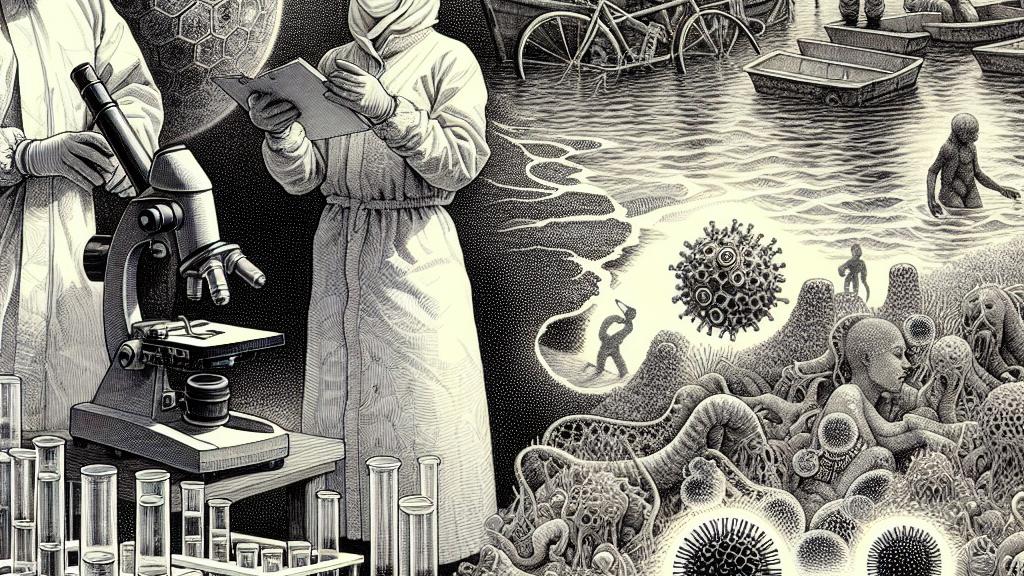AI Reveals 70,500 New Viruses in RNA Dark Matter
Overview
- Groundbreaking AI technology has uncovered over 70,500 RNA viruses previously unknown to science, revolutionizing our understanding of viral biodiversity.
- These remarkable viruses thrive in extreme environments, like steaming hydrothermal vents and briny salt lakes, showcasing life’s adaptability.
- Investigating these new viral species could illuminate the causes of mysterious diseases and bolster public health strategies.

The Discovery of New Viruses
In an astonishing leap forward, researchers in Canada have harnessed the incredible capabilities of artificial intelligence (AI) to identify more than 70,500 new RNA viruses. Picture scientists journeying into some of the planet's most extreme habitats, where life flourishes against all odds: places like the fiercely hot hydrothermal vents at the ocean floor or the harsh, mineral-rich environments of salt lakes. Utilizing metagenomics, they expertly extract and analyze genetic material from these ecosystems, such as water samples brimming with microscopic life. This method reveals a hidden universe of viral diversity, each newly discovered RNA virus offering a unique glimpse into the resilience and adaptability inherent in life forms that thrive in the harshest conditions.
The Role of AI in Virus Identification
But how is AI playing such a critical role in this groundbreaking discovery? Researchers are employing sophisticated AI models, developed by innovative teams at organizations like Meta. By leveraging machine learning algorithms, they can sift through vast genomic datasets at lightning speed, identifying sequences associated with viral replication enzymes. This approach is revolutionary; rather than relying solely on labor-intensive cultivation techniques, AI spotting the intricate patterns and anomalies in the genetic code leads to the detection of elusive viruses. Remarkably, this technology allows scientists to uncover not only those viruses that fall within our current understanding but also those that may have evolved unique characteristics beyond traditional methods of recognition, expanding our perception of the viral world immensely.
Implications of Viral Exploration
The implications of these findings extend far beyond the realms of scientific curiosity; they hold immense importance for public health. Among the vast array of new viruses, some may pose direct risks to humans, making it imperative that researchers work diligently to investigate their potential impacts. Understanding these viral entities could provide key insights that unravel the complexities behind illnesses that have long puzzled medical experts. Additionally, by exploring this 'dark matter' of the microbiome, researchers could bolster our preparedness against emerging pathogens. The wealth of knowledge gleaned from these discoveries acts not only as a light illuminating the uncharted territory of viral biology but also as a vital tool in the ongoing battle against infectious diseases.

Loading...